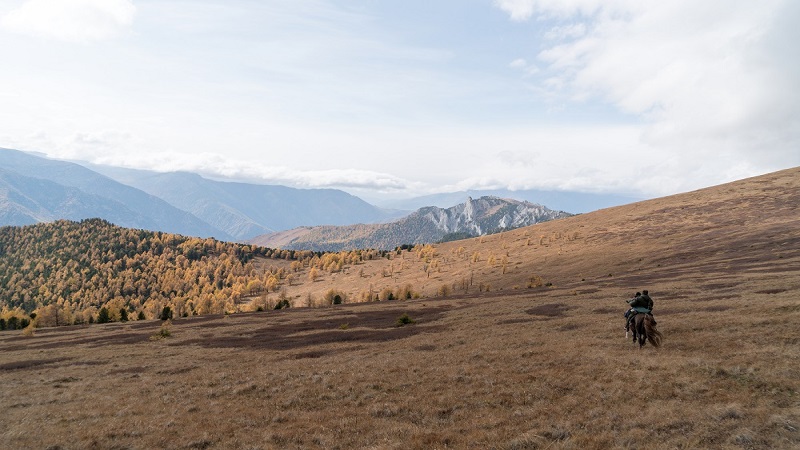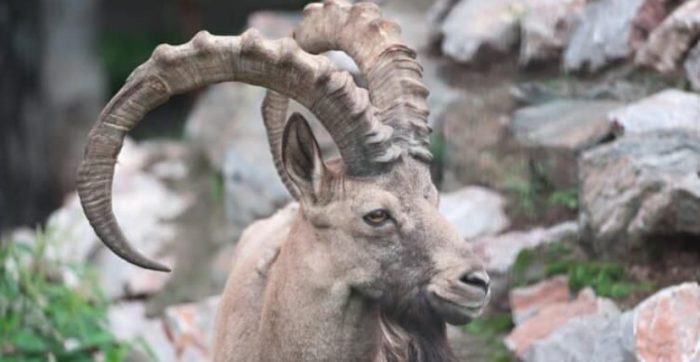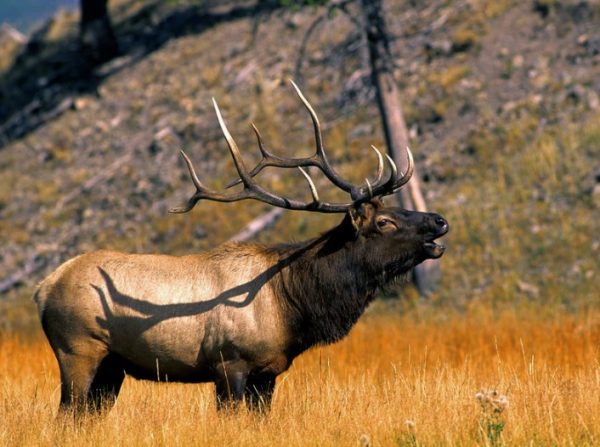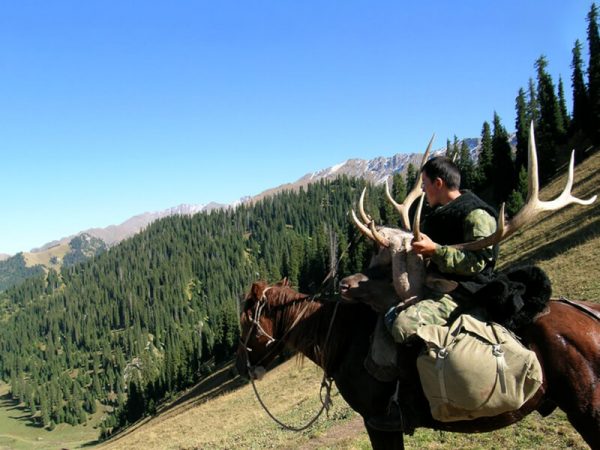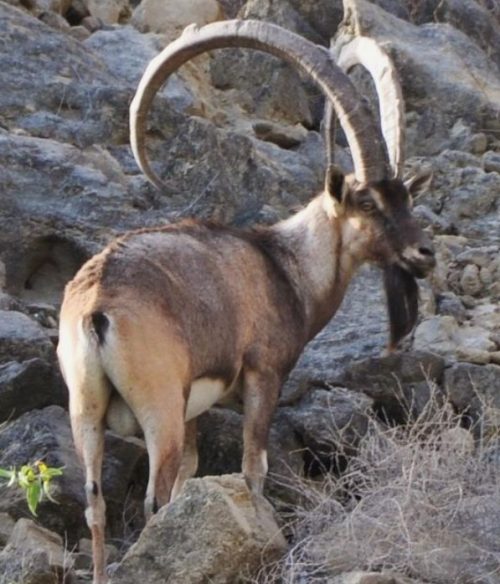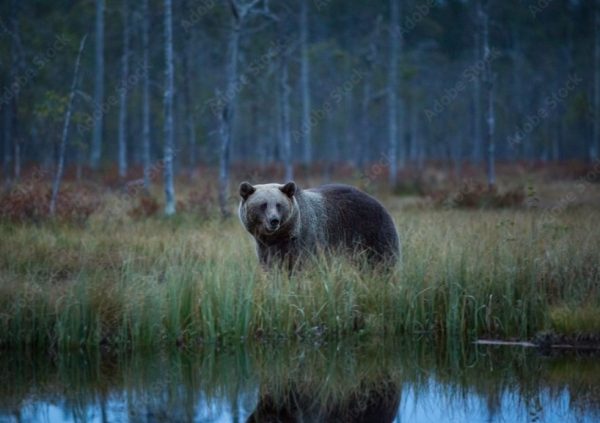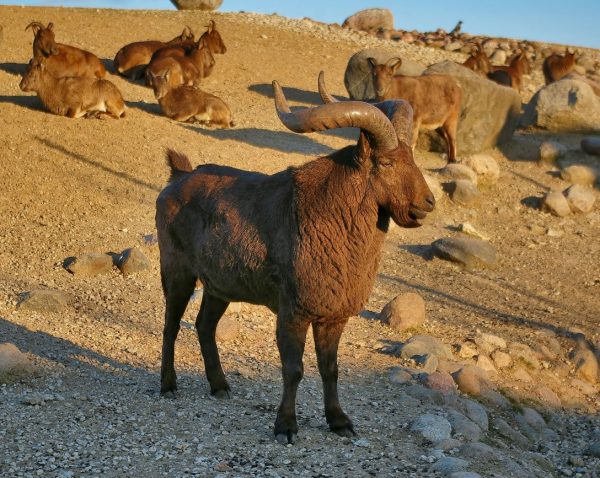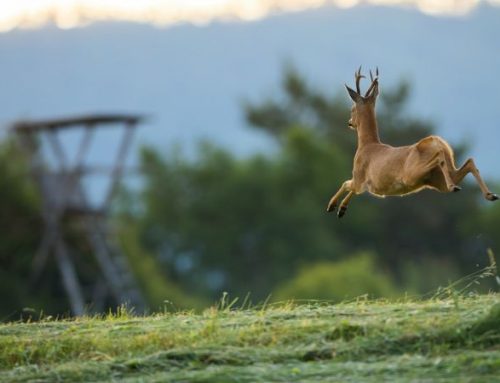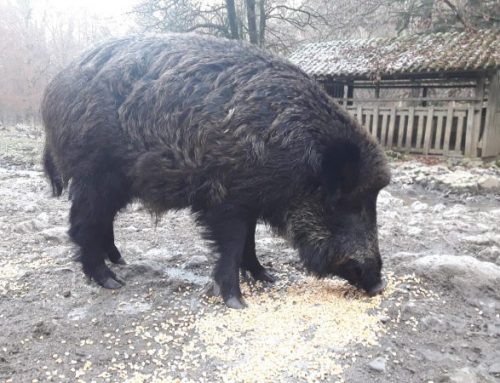If you are a big game hunting lover and do you love adventure, then you can’t miss a hunting in Karelia, a trip of old-style in a remote land.
Karelia, with its vast territory, is able to offer an unparalleled hunting experience. Looking for the majestic ibex and maral that populate the Siberian conifers, to spend unique days hunting for the great brown bear!
If you are a lover of more adventurous travels, in remote and evocative territories, Karelia with it’s rivers and lakes and cold winters is certainly the ideal country to organize your favorite hunt!
Ibex and maral hunting

A hunt that undoubtedly requires good physical preparation and a good spirit of adaptation but which is able to give incredible emotions even to the most extreme hunter.
A destination that may be somewhat unusual in the eyes of the hunter, but which is undoubtedly the undisputed kingdom of the great Ibex and the biggest deer on the plante: the Maral deer.
What you feel when you hear the live call of the maral is not comparable to anything else. A unique emotion, just like when on the sheer rocky mountains, you position yourself and shoot with your rifle to a majestic ibex trophy.
During your hunting trip days in Altaj, you will feel immersed in another dimension and in another era, driven every day by the desire to overcome your limits and discover the unexplored.
His majesty The Maral
The Maral deer, also known as the Caspian red deer or Persian red deer, is a majestic species native to the mountainous regions of Central Asia, including parts of Russia, Kazakhstan, Turkmenistan, and Iran. Renowned for its impressive size and striking antlers, the Maral deer is one of the largest deer species in the world.
These magnificent creatures inhabit rugged terrain, including alpine meadows, coniferous forests, and mountain slopes, where they graze on a variety of vegetation, including grasses, herbs, and shrubs. Their habitat offers them both ample food sources and shelter from predators.
One of the defining features of the Maral deer is its impressive antlers, which can span up to 1.5 meters in width and boast multiple tines. These antlers are shed and regrown annually, with the size and complexity of the antlers often indicating the age and health of the individual deer.
The Maral deer is also highly prized by hunters for its challenging and rewarding hunting experience. Hunting Maral deer is a popular activity in many regions of Central Asia, attracting hunters from around the world seeking to test their skills against this magnificent creature.
Despite facing threats such as habitat loss and poaching in some areas, efforts are being made to conserve and protect the Maral deer population. Conservation measures include habitat preservation, regulated hunting quotas, and efforts to combat poaching, ensuring that future generations will continue to hunt and to marvel at the beauty of the Maral deer in the wild.
The Altai’s Ibex
The Altai ibex, scientifically known as Capra sibirica sibirica, is a subspecies of ibex native to the rugged mountain ranges of Central Asia, particularly in the Altai Mountains spanning Russia, Mongolia, Kazakhstan, and China. Renowned for its impressive horns and remarkable agility, the Altai ibex is a symbol of the harsh and majestic landscapes it inhabits.
These majestic creatures thrive in alpine environments characterized by rocky cliffs, steep slopes, and sparse vegetation. Their habitat provides them with ample opportunities to graze on grasses, herbs, and shrubs, as well as to seek refuge from predators.
One of the most striking features of the Altai ibex is its magnificent horns, which can grow up to one meter in length and curl backwards in a distinctive arc. These horns serve both as a weapon for defense against predators and as a symbol of dominance during mating rituals.
The Altai ibex is highly valued by hunters for its challenging and rewarding hunting experience. Hunting Altai ibex in the remote and rugged terrain of the Altai Mountains is considered a pinnacle achievement for many hunters, attracting adventurers from around the world.
Brown bear hunting in Karelia
The brown bear hunt is another unforgettable hunt that takes place in the hunting area of the Republic of Karelia. This region, located in the north east and bordering Finland, welcomes hunters through coniferous and birch forests.
Here, the brown bear competes for the territory together with the European moose, among small plots in the large clearings of the forests. Not surprisingly, the European part of Russia has the largest density of the bear population.
In the vast expanses of Russia and parts of Eastern Europe roams the formidable Russian brown bear, scientifically known as Ursus arctos arctos. Towering in stature, this subspecies of the common brown bear is among the largest, with some adult specimens surpassing an impressive 2 meters in height when standing on their hind legs.
The natural habitat of the Russian brown bear primarily encompasses the boreal forests and mountainous regions, where it finds ample food and shelter. These mighty predators sustain themselves on a varied omnivorous diet, feasting on grass, fruits, insects, fish, and small mammals.
Renowned for their strength, agility, and solitary nature, Russian brown bears are a force to be reckoned with in the wild. However, during the breeding season, males can be seen vying for the attention of females, often engaging in physical combat to assert their dominance.
With their imposing presence and apex predator status, Russian brown bears are revered as iconic symbols of the untamed wilderness of Russia and Eastern Europe. Despite facing threats such as habitat loss and human conflict, they continue to play a vital role in maintaining the natural balance and biodiversity of their native habitats.
Tur hunting
In the south of the country, on the border with Azerbaijan and the Caspian Sea, the hunt for Dagestan Tur takes place. A hunt that, due to the decidedly careful nature of the animal and the harshness of the places it inhabits, is undoubtedly one of the most fascinating mountain hunts.
And it is precisely in the Caucasus mountain range that this experience takes place: a unique journey, which requires the hunter to be in good physical shape to undermine this splendid animal in the mountains of Dagestan!
In short, this is the area of the planet with an immense amount of animals. And it is precisely here that you can live your unforgettable big game hunt.
The Dagestan tur, scientifically referred to as Capra cylindricornis, stands as a symbol of the rugged grandeur of the Caucasus Mountains, particularly in the challenging terrain of Russia’s Dagestan region. Known for its remarkable agility and formidable horns, this wild goat species embodies the spirit of its remote and majestic habitat.
Thriving amidst the steep cliffs and rocky slopes of high-altitude environments, the Dagestan tur finds sustenance in the alpine meadows and sparse vegetation that dot its range. Here, it roams with a grace that belies the harshness of its surroundings, navigating treacherous terrain with ease.
A defining characteristic of the Dagestan tur is its magnificent horns, which spiral to impressive lengths of up to one meter. These horns not only serve as a means of defense against predators but also as a badge of dominance within the herd.
While encounters with the elusive Dagestan tur are rare due to its remote habitat, it holds a special allure for hunters seeking a challenge. Pursuing the Dagestan tur amidst the unforgiving landscapes of the Caucasus Mountains is considered a pinnacle achievement, drawing adventurers from far and wide in pursuit of this prized quarry.

